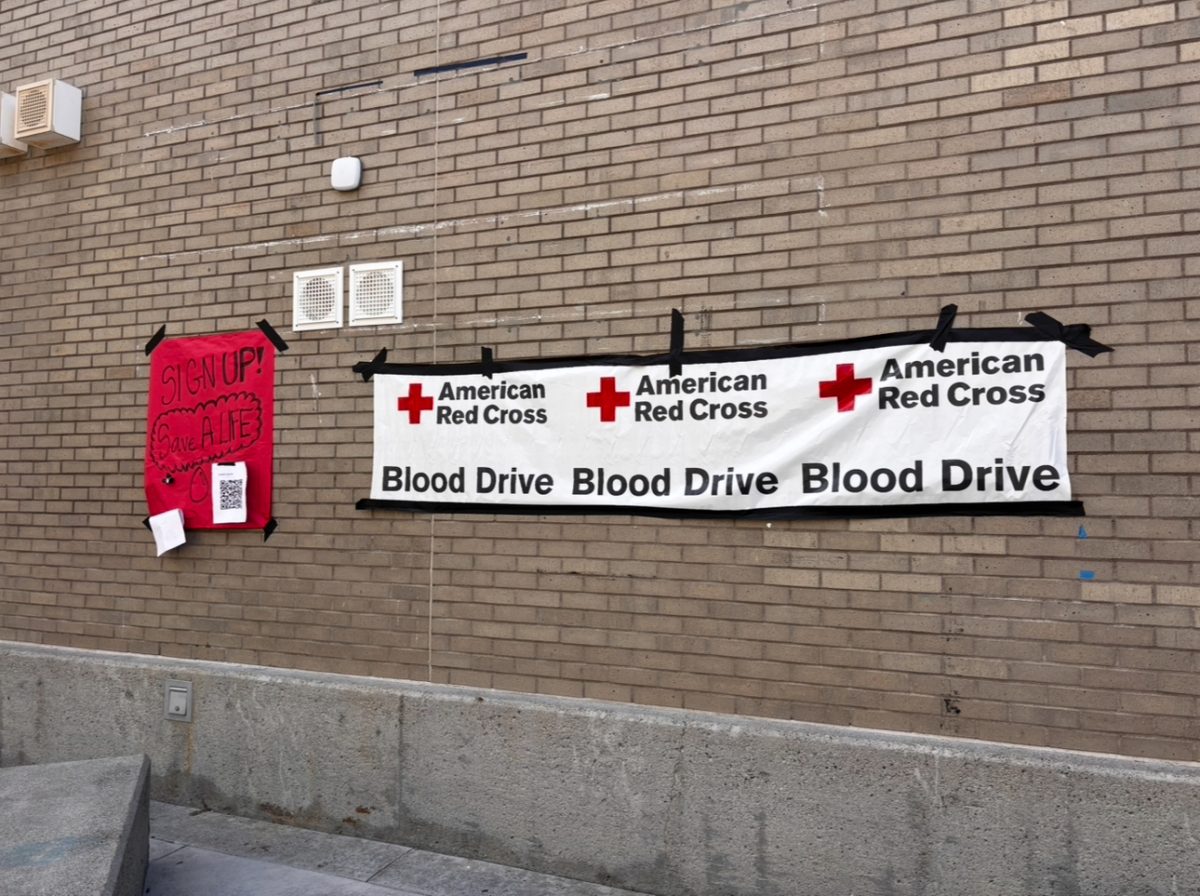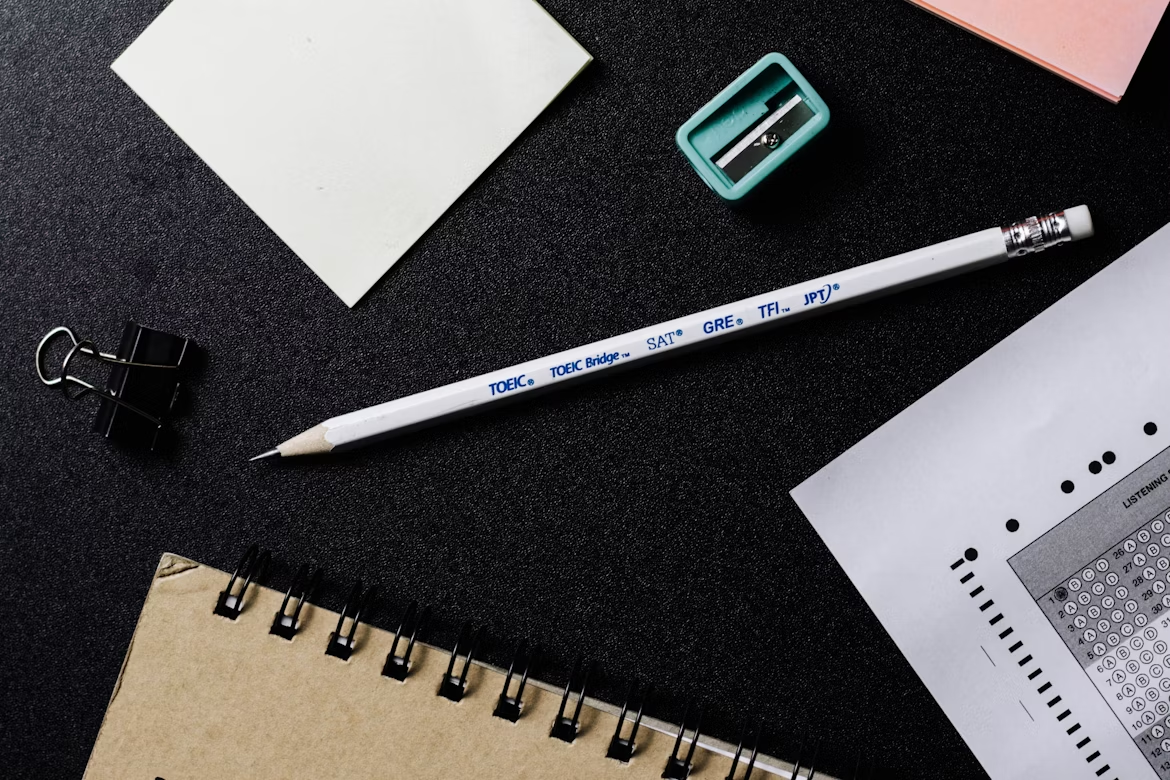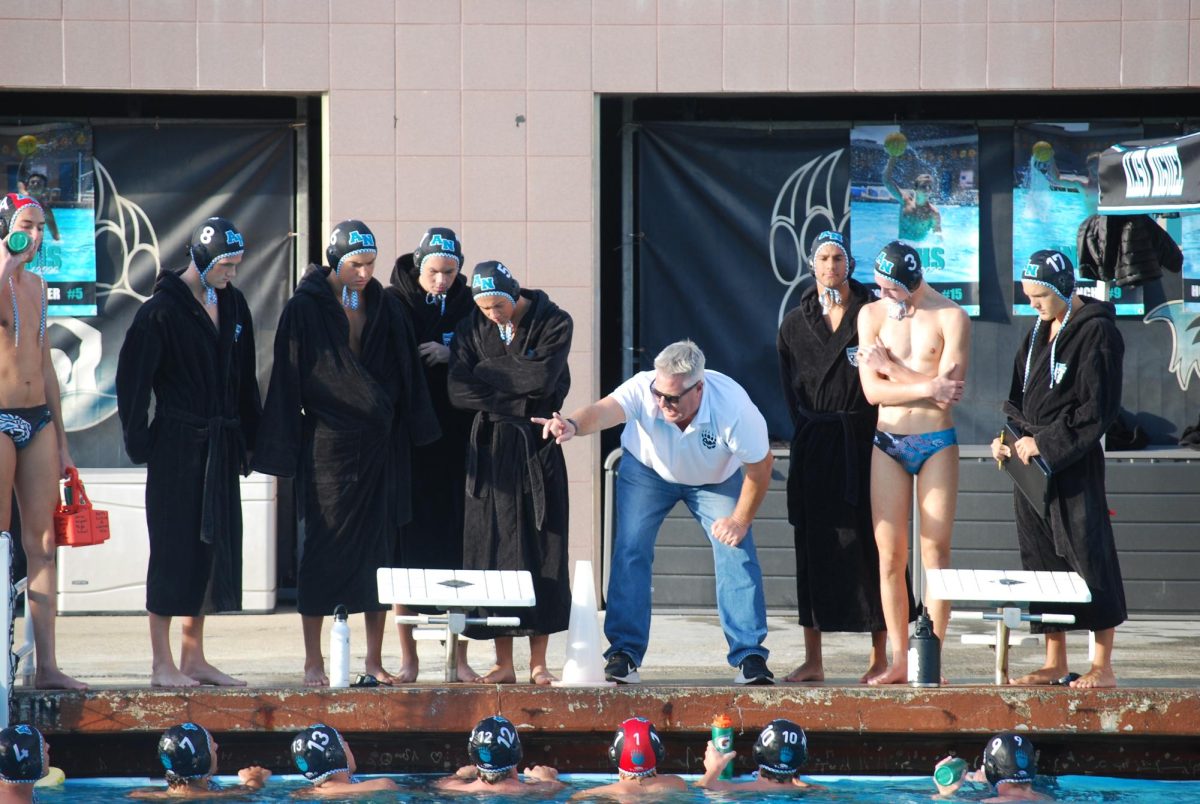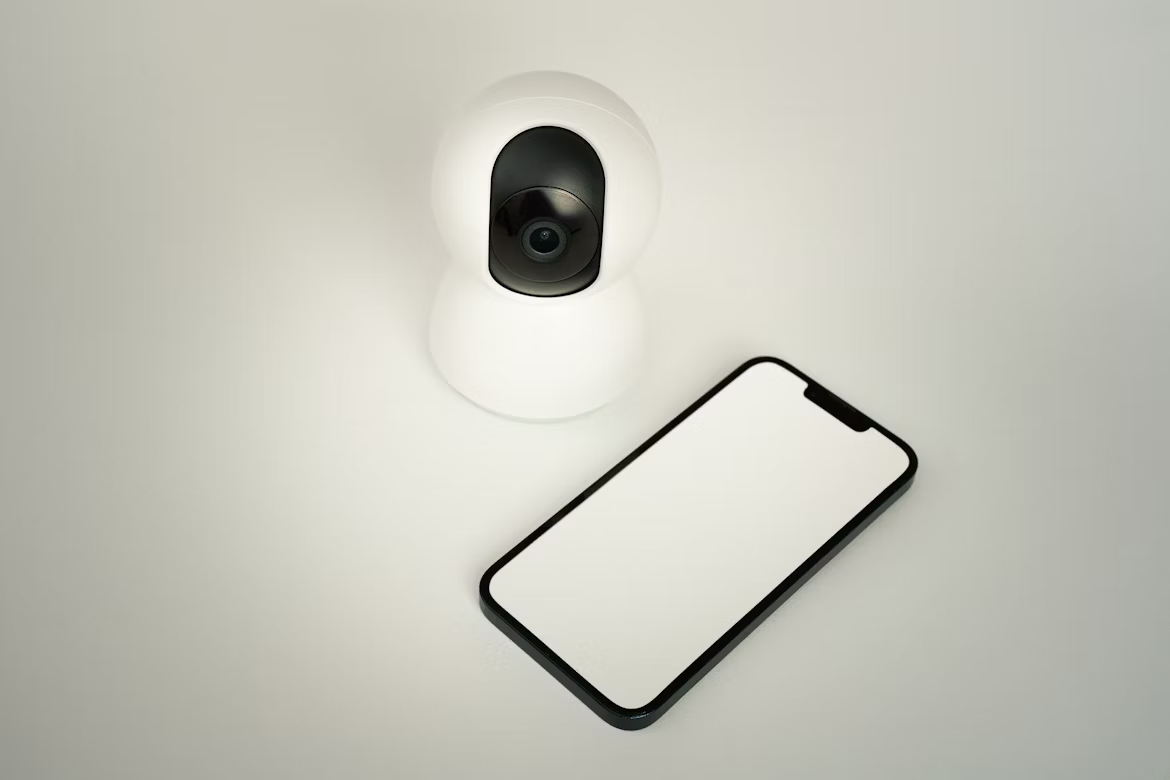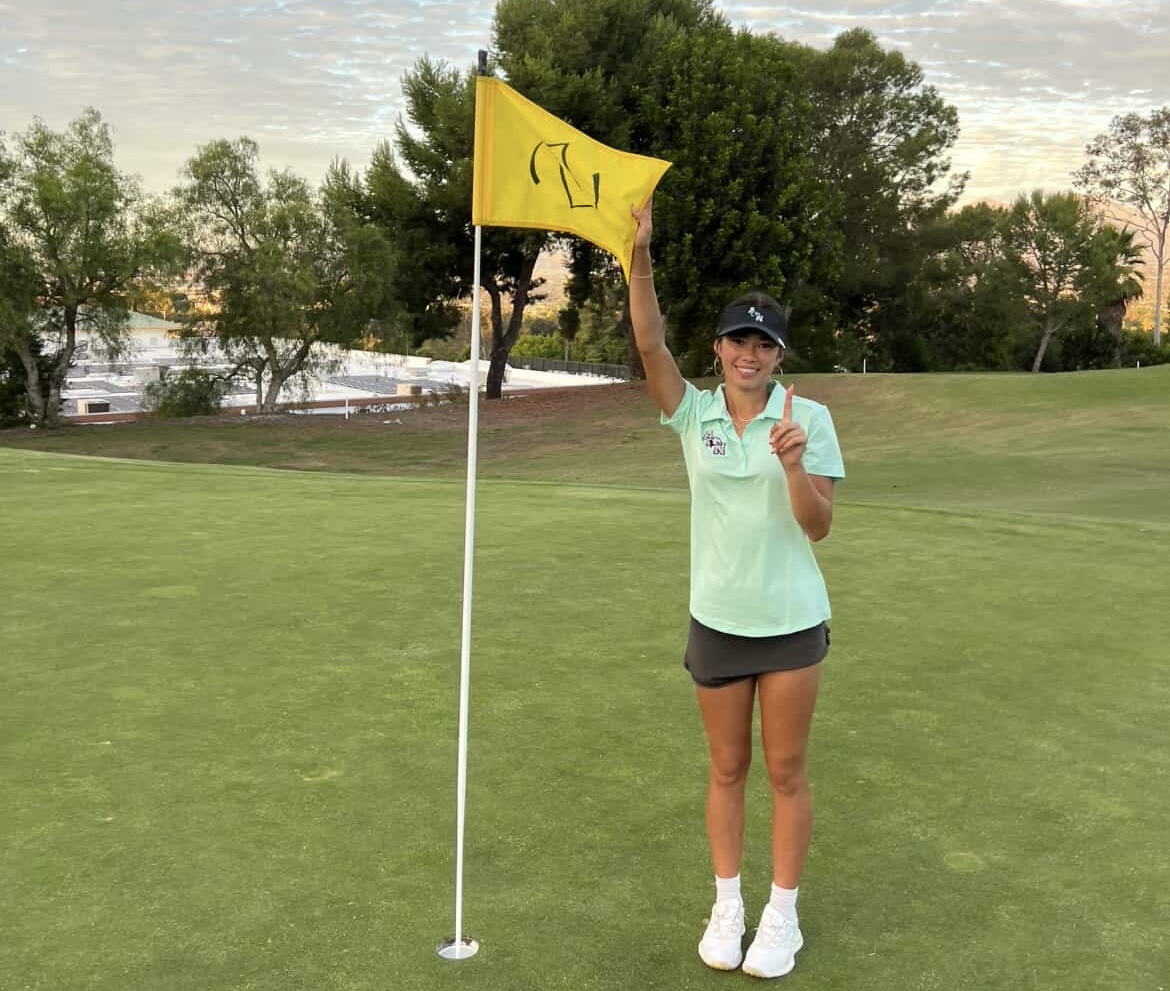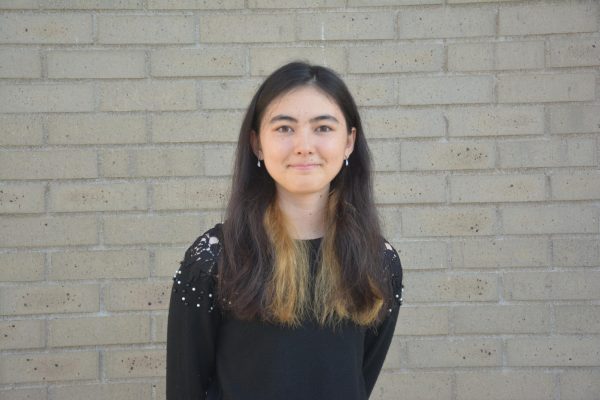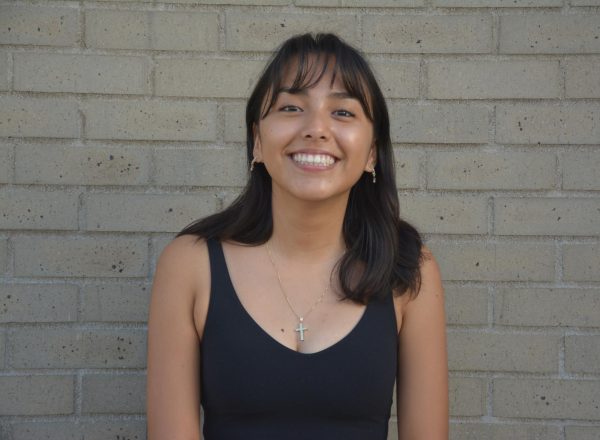ASB is partnering with the Red Cross to host a blood drive on Oct. 28th in the small gym. Students can sign up and pick between a time of 7a.m. – 1p.m., giving them the opportunity to donate their blood for the support of hospitals and emergency rooms in blood shortages.
Students can donate blood by signing up through QR codes posted around campus on flyers/posters, and on Instagram posts.
Every Wednesday and Friday leading up to the drive, ASB will have a table in the junior lunch area for students to schedule their donation at.
Students who are participating can choose a time that fits their schedules best, and they will get a call slip a day before the drive to be excused from class.
Volunteering alongside ASB and Health Occupations Students of America, a club for students looking to enter the medical field in the future, members is another way for students to help with the blood drive.
Ansh Sharma (12), president of HOSA, explains what kind of volunteer work they do. He said, “We mainly focus on providing snacks to those who donated blood, managing necessary (non-invasive) paperwork like organizing and signing people in, and any other miscellaneous activities that the Red Cross workers require so we can alleviate their stress!”
Volunteers can sign up through the QR codes posted around school or contact Sharma.
Different types of blood donations exist giving donors the choice to donate all of their blood, or certain components of it such as plasma and platelets. This particular blood drive gives the option to make a blood or a power red donation.
A blood donation takes one unit of the donor’s blood without returning anything to the donor’s body. There are many requirements in order to be eligible, but some of the bigger ones are that a student must be at least 17, or 16 with parental permission, and weigh 110 lbs to donate.
A power red donation has more restrictions in terms of who can donate because it takes two units of the donor’s blood instead of one, and it targets specific blood types. The extraction only includes red blood cells while plasma and platelets are returned to the person’s body. It requires the donor to be in better health and leads to a longer recovery time.
Gabby Gulini (12), the Commissioner of Philanthropy who is in charge of organizing the event, recommends students pay extra attention to their health before and after the drive. She says, “[The Red Cross] wants you to be really hydrated, and you should definitely eat beforehand … Also, be in touch with your own body on the day of the drive. If you are not feeling well after, tell someone. It’s very dangerous if you don’t.”
Last year’s blood drive was also hosted with the Red Cross and it proved to be a huge success as blood donation numbers reached their goals. This year continues this success and pushes for more.
ASB’s goal this year is to donate at least 50 units of blood and get at least 60 sign ups to ensure the goal is reached. CSF and NHS have jumped in to help achieve this goal by awarding points and hours of service to its members that donate or try to donate blood.
Compensation is also given to donors to entice more students to sign up. Students who donate receive gift cards from the Red Cross, free t-shirts, and free breakfast.
These drives will likely continue for years to come from ASB. HOSA is also looking to host their own blood drive on a community level that ANHS students can also contribute to.
Donating blood is incredibly important, especially in the United States where many hospitals and emergency rooms experience a blood deficit, because it helps save lives of millions of patients that need blood from differing conditions. The only way to source blood is through generous donors, which is why organizations like the Red Cross have created a mission to supply blood and save lives everyday.
